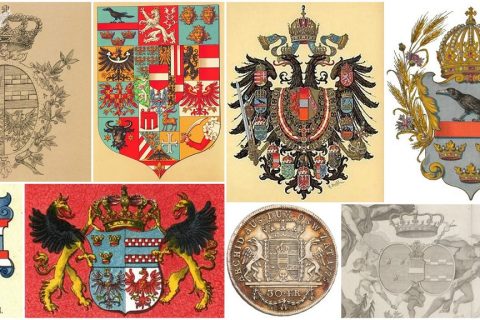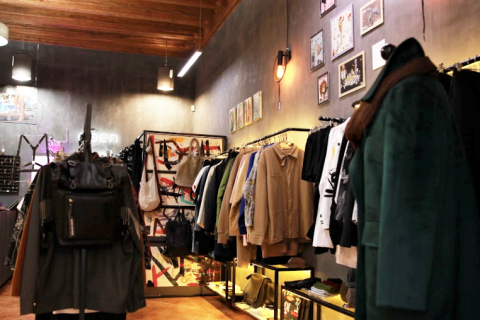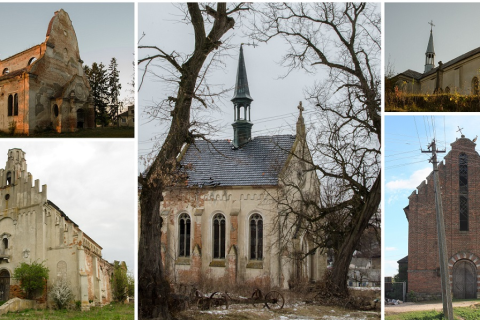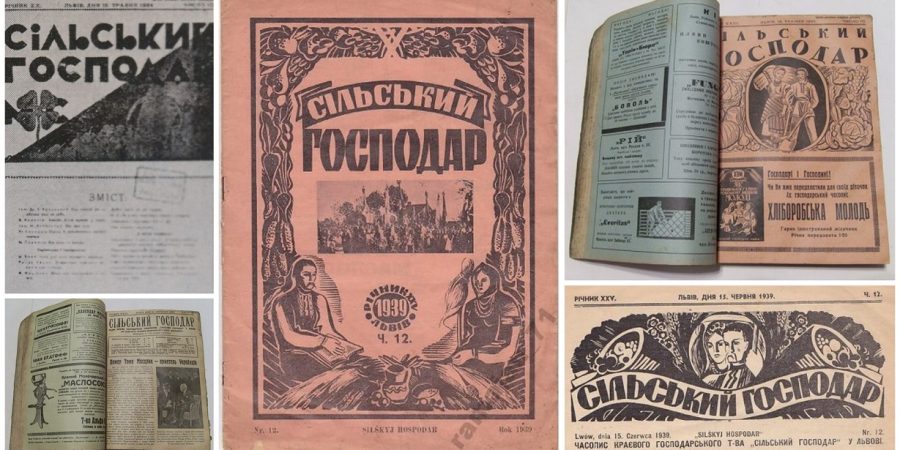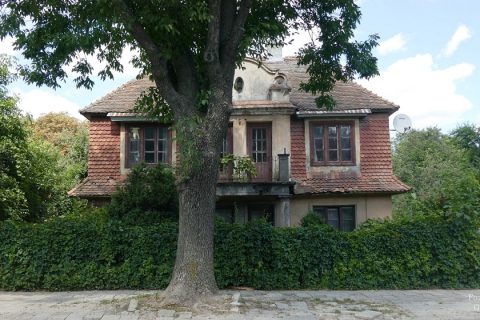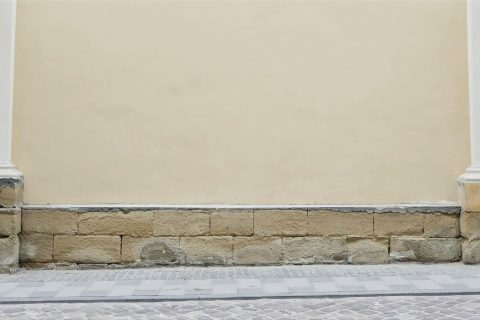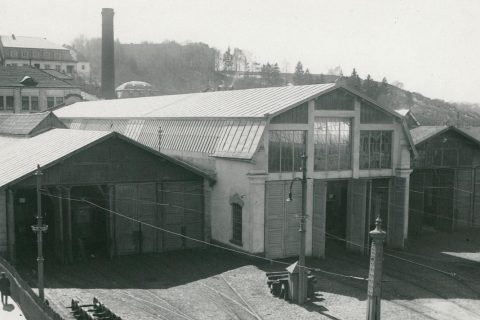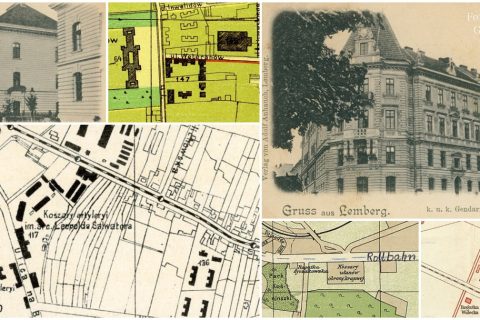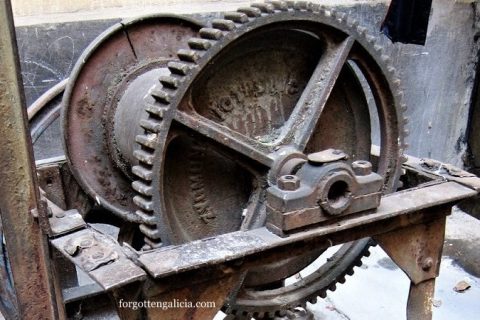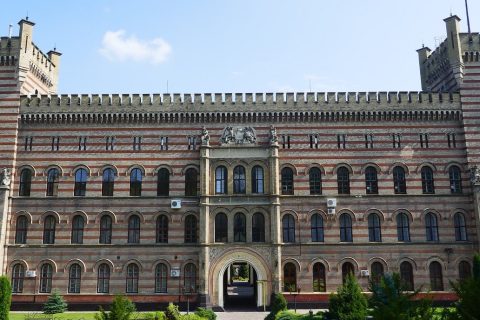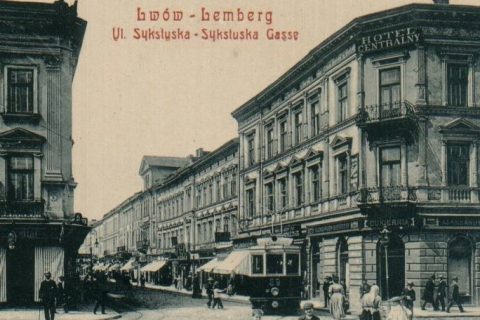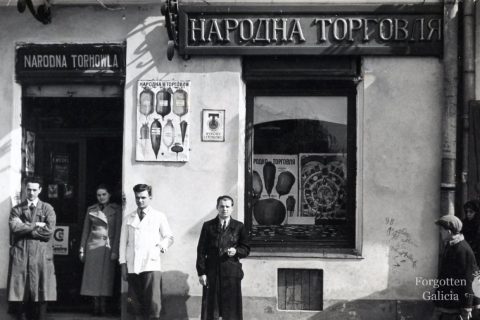The Ukrainian Cooperative Movement in Galicia: Silskyi Hospodar
Name: Silskyi Hospodar (The Village Farmer)Type: Agricultural organizationGoal: To teach peasants modern farming methodsFounded by: the Revs. Toma and Julian DutkevychYears active: 1899-1944 The Ukrainian Cooperative Movement, which began in Galicia in 1883, addressed the economic plight of the Ukrainian people through the creation of financial, agricultural, and trade cooperatives that enabled Ukrainians to […]
Read More





